The different types of Lavender Essential Oils and Their Benefits
Posted on April 14 2021,

Lavender is one of the most well-known and well-loved essential oils out there, and for good reason. Lavender essential oil has a multitude of applications and is helpful for the skin, fighting germs, the mind, and so much more. Because of lavender’s ability to work for so many different health, wellness, and beauty concerns, it is sometimes called the Swiss army knife of essential oils. But, did you know that there are several different types of lavender essential oil that each of their own unique history, chemistry, and uses? Lavandula angustifolia, is the most common and well-known of the lavenders, but there are also varieties called Lavandula latifolia,
Lavandula x intermedia (Lavandula hybrida), Lavendula stoechas, and Lavender 40/42 blend.
Read on to learn more about these different types of lavender essential oil.
True Lavender (Lavandula Angustifolia)
As we talked about in the previous paragraph, Lavandula angustifolia, also known as true lavender is the most common type of Lavender essential oil and is what most people are referring to when they speak about lavender essential oil. With its pleasant, floral scent it is widely used for skin concerns such as burns, acne, and rashes, and is also a great oil to use in times where you aren’t feeling well or feel you need to give your immune system a little boost. Lavandula angustifolia is also a great oil for things concerning the mind, such as anxious feelings, stress, and difficulty sleeping. True lavender is known to be a very safe essential oil with very little risk of adverse reactions.
Spike Lavender (Lavandula latifolia)
Lavandula latifolia, also known as spike Lavender, is sometimes referred to as the male lavender due to its more herbaceous and woody scent profile. It should not be confused with Lavandula angustifolia, as it has a very different chemistry than true lavender. Spike Lavender is known to help ease pain, lessen spasms in smooth muscles, and is very helpful for the respiratory system. It also has a long history of being used as an insect repellent. Spike Lavender has a high camphor content so it should be used with care and not used on children., however it is not known to have any contraindications or medication interactions.
Lavandin (Lavandula x intermedia)
Lavandin, Lavandula x intermedia, is also known as Dutch Lavender. Lavandin is not a true lavender but is a natural hybrid of Lavandula angustifolia (true lavender) and Lavandula latifolia (Spike Lavender). Lavandin is widely used in the industrial setting and is also a key ingredient in many perfumes. Therapeutically, it is very much like true Lavender, however it tends to be more herbaceous and has a high camphor content, which can make it more stimulating than true Lavender. Lavandin does have a couple safety considerations to keep in mind. It may inhibit blood clotting and does have a slight risk of interfering with traditional pharmaceuticals, its use should be avoided in children
Lavender Stoechas
Lavandula stoechas, also called maritime Lavender or Spanish Lavender, is used widely for its effect on the immune system. It is known to be antiseptic and able to fight off a plethora of germs. It can also be used to ease spasms and lessen pain. Energetically, it’s known to help with clarity and perspective, and is a great oil to use when you’re struggling with making decisions.
Due to its high camphor content, it should be used with care, and avoided with children.
Lavender 40/42
Some people used to claim that Lavender 40/42 was an adulterated essential oil that only contained 5% of true lavender in it. However, this claim is absolutely false. Lavender 40/42 is actually a mix of different lavender species including Lavandula angustifolia, Lavandula stoechas, and Lavandula latifolia blended to give the oil 40% linalool and 42% linalyl acetate, both natural components in any Lavender essential oil. The reason for this blending was to create a Lavender oil that was standardized and had minimal variations between batches of oil. This blend was mainly created for the perfume industry because it helped keep prices from being affected by a fluctuating market. Lavender 40/42 takes on the therapeutic properties of the Lavender oils included in the blend, as well as the safety considerations.
Conclusion
Sometimes there are many different versions of essential oils that are all called by the same name, for example Lavender. While they are all referred to as Lavender, each type of lavender has properties that are exclusive to them and will also have different safety considerations. This is why it’s important to always look at the Latin name to ensure that you’re purchasing or using the correct form of essential oil that you’re wanting. While we focused on Lavender in this post, this holds true for many other essential oils including Frankincense, Cedarwood, and Rose to name a few.
As you can see in the case of Lavender, many of the different species of lavender share similar therapeutic properties, but also have some differences in what they can be used for and how they should be handled safely. They will also vary in their scent profiles and you may find that you like one version of Lavender more than you like the others.
If you’re looking for an opportunity to get to know these different essential oils a little bit better, we highly suggest taking some time to smell each of these oils individually. Simply open a bottle of the oil and take a few sniffs while wafting the bottle under your nose, alternatively you can use scent strips or put a drop or two on a cotton ball. Read the descriptions of each oil while you’re smelling it and make notes about what you’re detecting, how it’s making you feel, etc. You can smell coffee in between to cleanse your olfactory system’s palate.
No matter how you look at it, Lavender is an essential oil that should be in every essential oil toolkit. You’ll be hard-pressed to find another single oil that can do as many things as Lavender can. We always suggest starting with true Lavender, Lavandula angustifolia, but you can feel free to add in any of the other species that you feel drawn to.
The different types of Chamomile essential oils and their benefits
“Though the chamomile, the more it is trodden on, the faster it grows, so youth, the more it is wasted, the sooner it wears.” -William Shakespeare, Henry IV. The...
Read More7 Benefits and Uses of Monarda Essential Oil
Introduction Monarda (Monarda fistulosa) essential oil is a steam distilled, colorless oil widely cultivated in the United States, Cananda and France. Besides being referred to as Monarda you may also...
Read More7 Superb Benefits and Uses of Wild Verbena Essential Oil
Holding exceptional medical properties, including soothing skin irritation and rectifying diverse congestion challenges, Wild Verbena essential oil is a native South African resource that features unparalleled health advantages. Wild Verbena...
Read MoreThe different types of Lavender Essential Oils and Their Benefits
Lavender is one of the most well-known and well-loved essential oils out there, and for good reason. Lavender essential oil has a multitude of applications and is helpful for the...
Read More

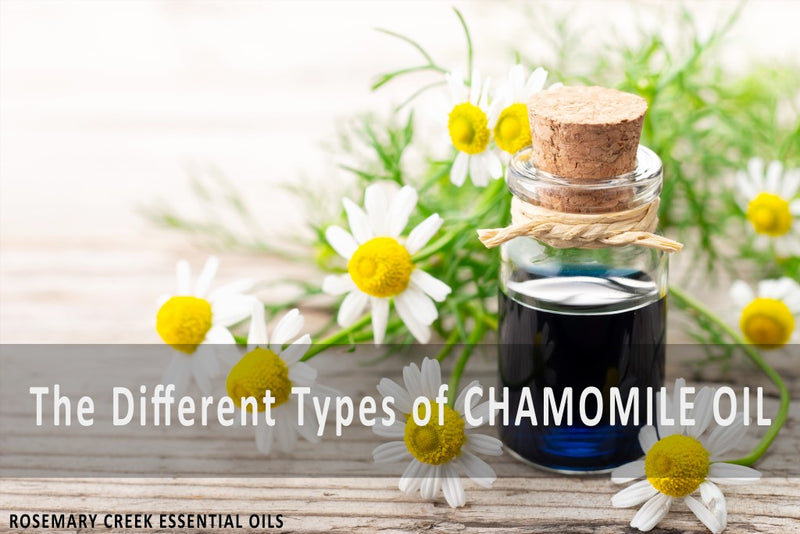
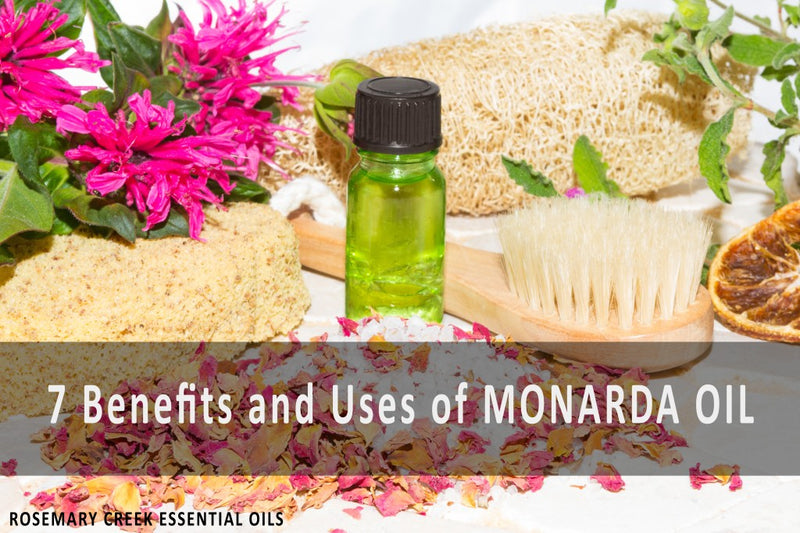
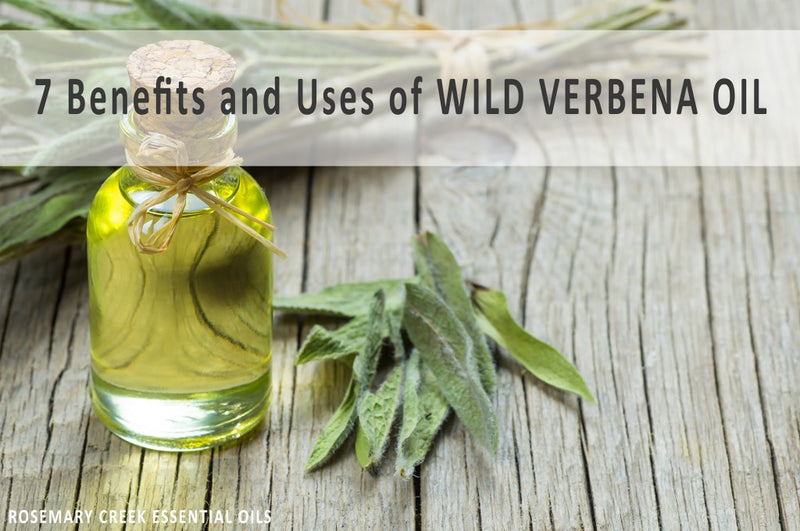
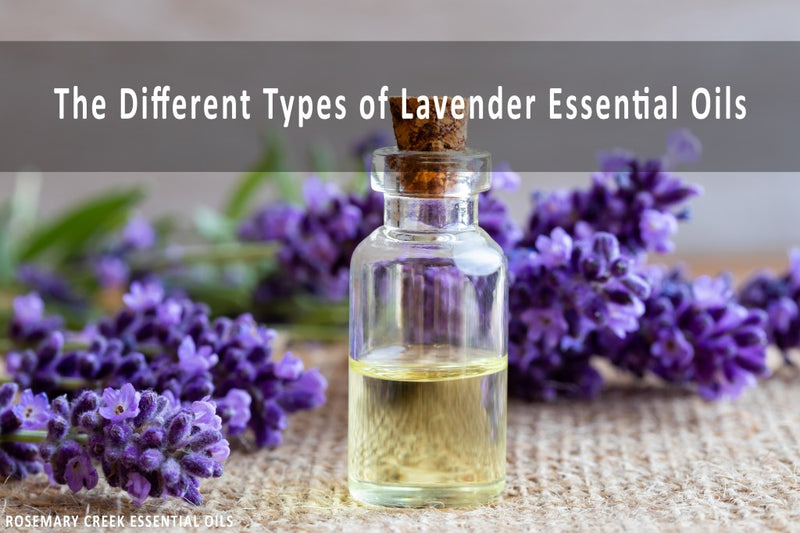
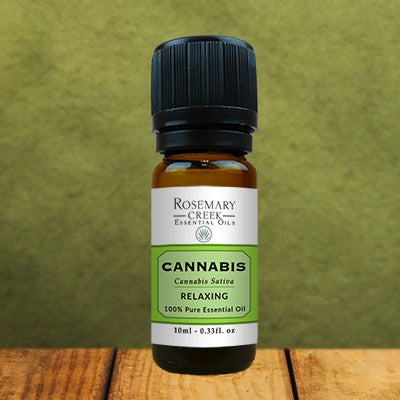

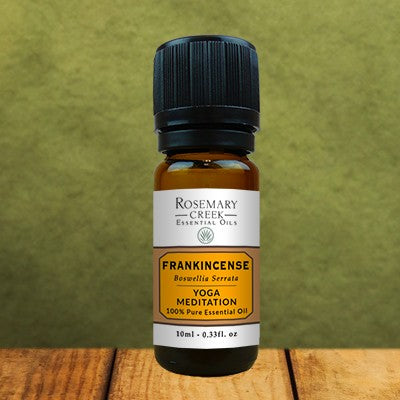
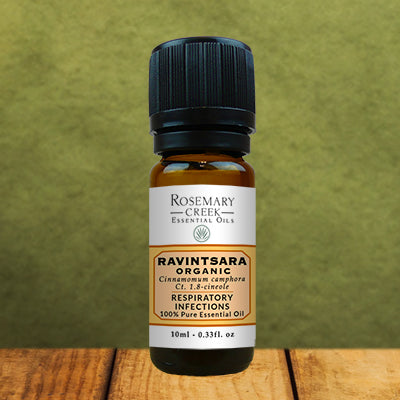

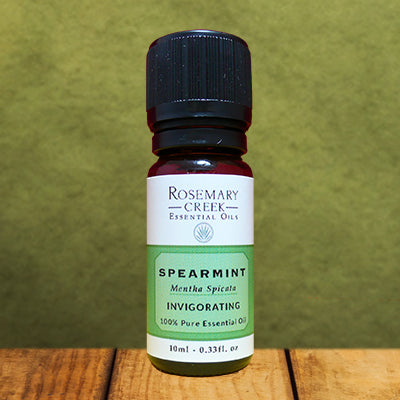
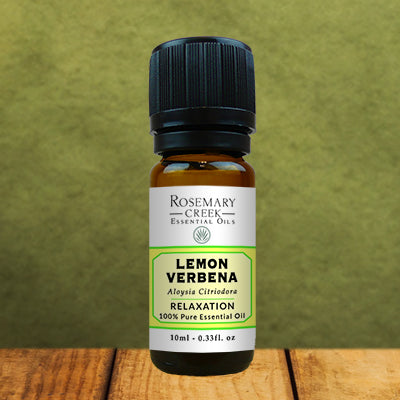
0 comments